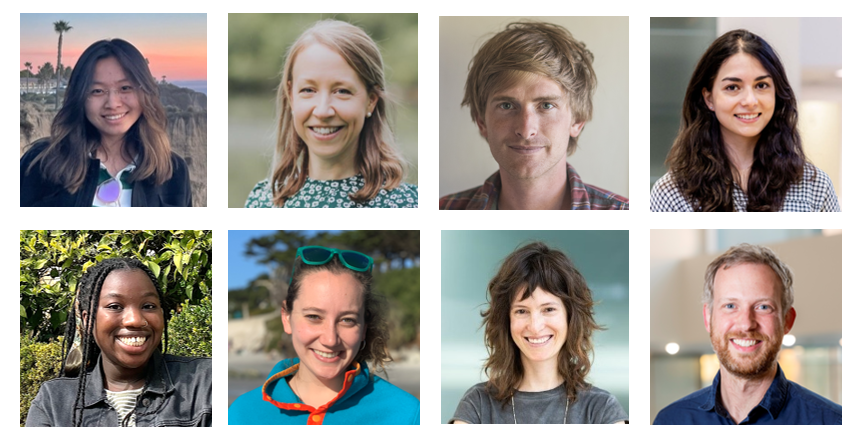
Cognitive, neural, and computational foundations of conversation


Historically, language processing has been largely studied using isolated words and sentences disembodied from the surrounding linguistic and social context. As a result, critical generalizations a) about the cognitive and neural mechanisms underlying language processing, b) about the relationship between language and other perceptual, motor, and cognitive components of social interactions, and c) about the nature of communicative difficulties that arise in some developmental and acquired disorders may have been missed. We will use a synergistic combination of behavioral, neural, and computational modeling approaches with neurotypical (NT) adults and children and those with autism to investigate human conversational ability – a key ingredient of social interaction, and thus a cornerstone of human well-being.
Project 1: Large-scale behavioral investigations of conversational alignment in adults with and without autism (PIs: Ted Gibson and Caroline Robertson) will examine conversational ‘alignment’ in adults with and without autism using a combination of analyses of linguistic and eye-gaze patterns in existing corpora/datasets, and novel behavioral paradigms aimed at testing sensitivity to conversational ‘alignment’.
Project 2: The functional organization of conversation in the adult brain (PIs: Ev Fedorenko and Nancy Kanwisher) will use functional brain imaging (fMRI and intracranial recordings) to perform a data-driven investigation of the functional organization of the lateral temporal cortex – long known to respond to diverse socially-relevant linguistic and non-verbal signals – in order to discover key components of the brain’s ‘conversation network’. This approach will be supplemented with the use of artificial neural networks for different aspects of conversation to model human neural responses to rich naturalistic conversational stimuli.
Project 3: Understanding conversation in developing brains (PI: Rebecca Saxe) aims to develop a novel fMRI paradigm to identify language-, social-, and, specifically, conversation-responsive brain areas in toddlers and children, including those with autism. This project stands a chance to fill a critical gap in the current landscape of developmental cognitive neuroscience where collecting high-quality, lowmotion functional neuroimaging data from children during the first few years of life, when much linguistic and social learning is happening, has not been possible.
Project 4: Computational modeling of conversation (PIs: Roger Levy and Joshua Tenenbaum) will use symbolic modeling approaches, supplemented with connectionist (deep learning) modeling, to improve existing models of language processing and conversation, and to test these improved models against behavioral data from adults with and without autism.
Together, these four projects will draw on high-risk, high-reward methodological advances – many coming from the PIs’ recent and ongoing work—along with cutting-edge theorizing in linguistics, cognitive science / psychology, neuroscience, computational cognitive neuroscience/artificial intelligence, and autism research in order to illuminate the cognitive, neural, and computational bases of conversation, including its developmental genesis, and to characterize the challenges that arise during conversational exchanges in individuals with autism.
